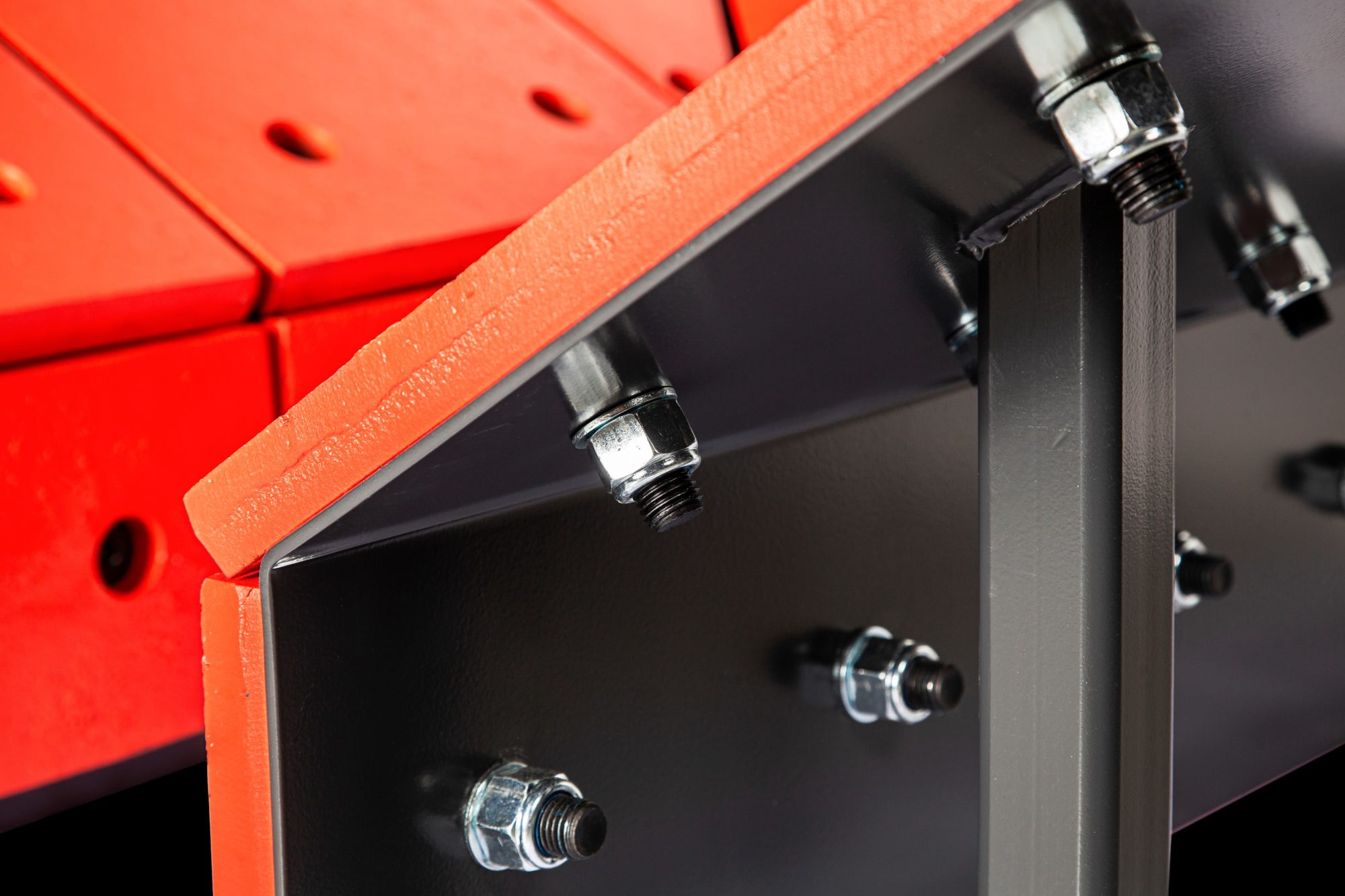Having demonstrated a step change in wear resistance on mines globally, Sandvik Rock Processing’s HX900 wear protection plates are now being launched in Africa.
The results achieved by the HX900 plates have been noteable, extending wear life by many multiples in real life mining applications, Sandvik says. The plates are mainly used in applications such as feeders, feed chutes, transfer chutes, skirt liners, rock box edge liners, load-haul equipment and buckets – in countries including Australia, Brazil, Peru, Sweden and the US.
“What makes our HX900 wear protection plate so effective is the unique combination of two different mechanical properties in a single piece,” Phumi Motsamai, Regional Manager Screening Media & Wear Protection Africa at Sandvik Rock Processing, says. “The nodular iron resists the high impact of material, while the cemented carbides provide outstanding resistance to abrasion.”
The performance of carbide, for instance, has been shown to last up to five times longer than white iron, and up to 20 times longer than quenched steel, Sandvik says. The longer wear life means extended replacement intervals and lower total cost of ownership, according to Motsamai. This brings a range of operational benefits including higher productivity through less downtime, and improved safety as maintenance technicians are less frequently in contact with equipment. There is also less need for high volumes of replacement inventory to be stored on site.
She explains that the nodular iron, also known as ductile iron, is a special type of cast iron with a characteristic microstructure that enhances its mechanical properties. It contains graphite in the form of nodules or spheroids, which impart ductility and toughness.
“Nodular iron has a higher tensile strength and can undergo significant deformation without failing,” she says. “It absorbs energy well and has good fatigue resistance, making it ideal for components that are subject to dynamic and cyclic loading conditions.”
The cemented carbides in HX900 consist of hard carbide particles bonded together by a metallic binder of primarily tungsten carbide. With a hardness of about nine on the Mohs scale, tungsten carbide is one of the hardest known materials, just behind diamonds and cubic boron nitride.
“This extreme hardness gives HX900 outstanding resistance to wear and abrasion,” Motsamai says. “Compared to quenched and tempered 500 HB steels, cast-in-carbides can last up to 10 times longer; this improvement can be up to 50 times longer compared to regular chromium carbide overlays and white iron.”
Motsamai cites a case study in which HX900 replaced Hardox 400 plates lining a transfer chute in a Brazilian gold mine. After the Hardox 400 plates had worn through after only two weeks and just 108,000 t of material throughput, the HX900 plates lasted 75 weeks – withstanding the passage of over 3.8 Mt of material. In a similar application, the HX900 replaced Hardox 500 wear plates – and extended wear life from 18 weeks to 52 weeks.
“In a copper mine in Sweden, the wear life of Hardox 500 in an accelerator chute was just two weeks – or 600,000 t of production,” Motsamai says. “After they installed HX900 plates, the mine was able to achieve a wear life of 32 weeks or 9 Mt.”
This innovation also has important sustainability benefits for customers, she continues, as the carbide production makes a key contribution to the circular economy.
“Our HX900 plates embody high levels of good sustainability practice, as they utilise 99% recycled nodular iron and 100% recycled cemented carbides,” Motsamai says. “Research has shown that using recycled materials in this way consumes 70% less energy and cuts overall carbon dioxide emissions by 40%.”











